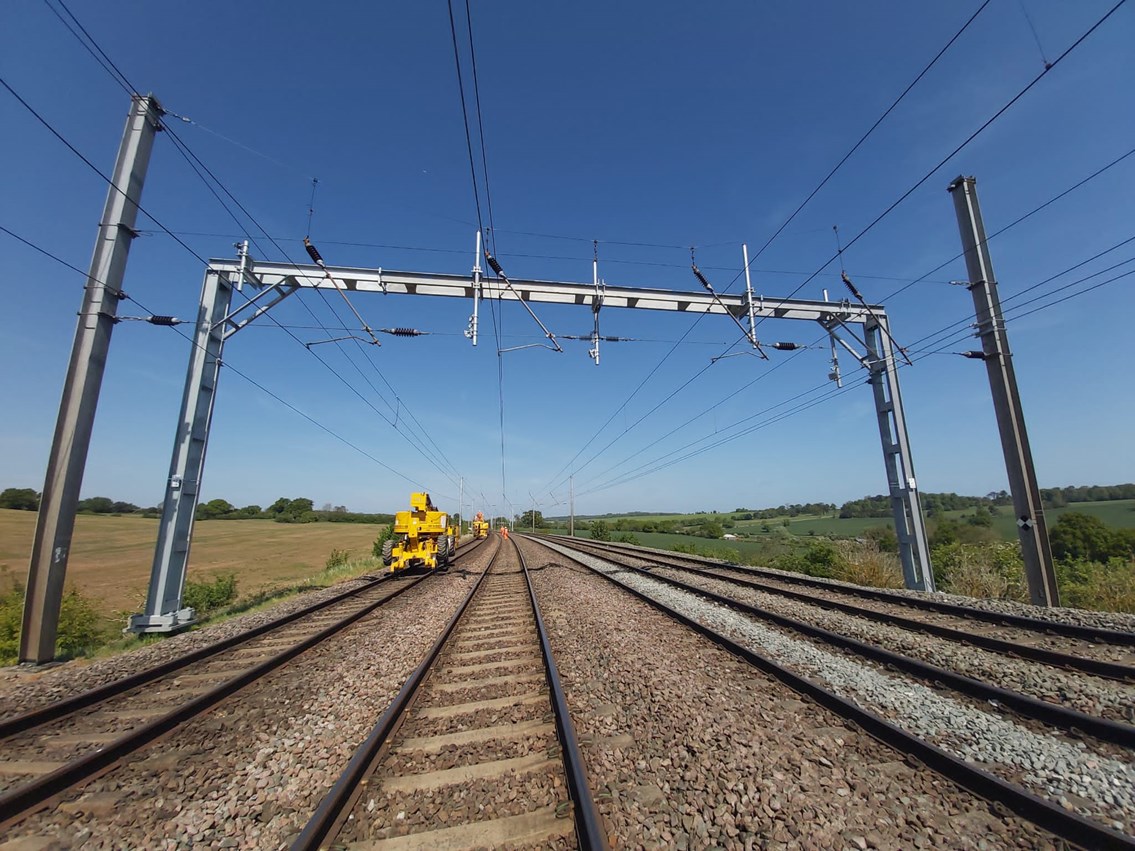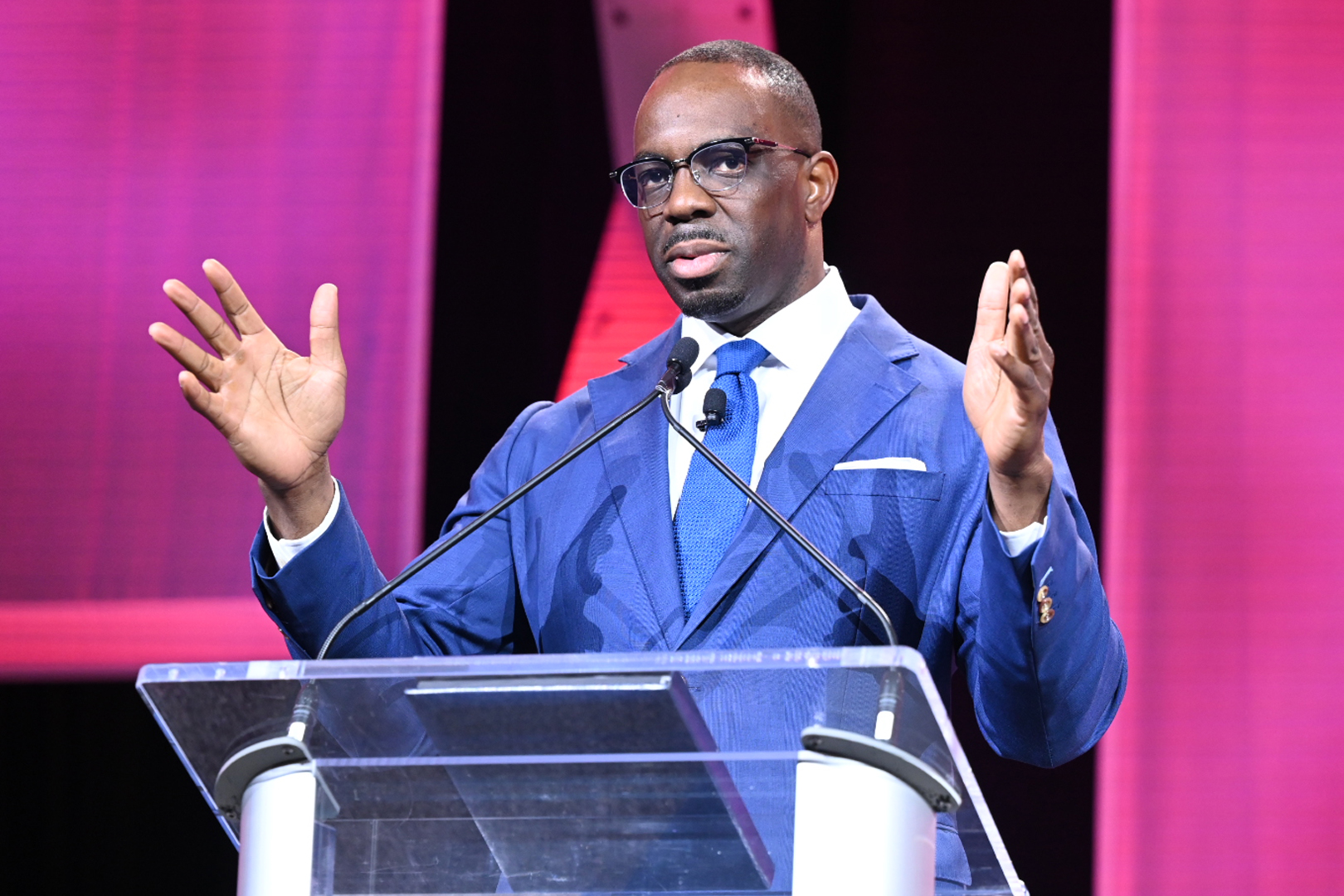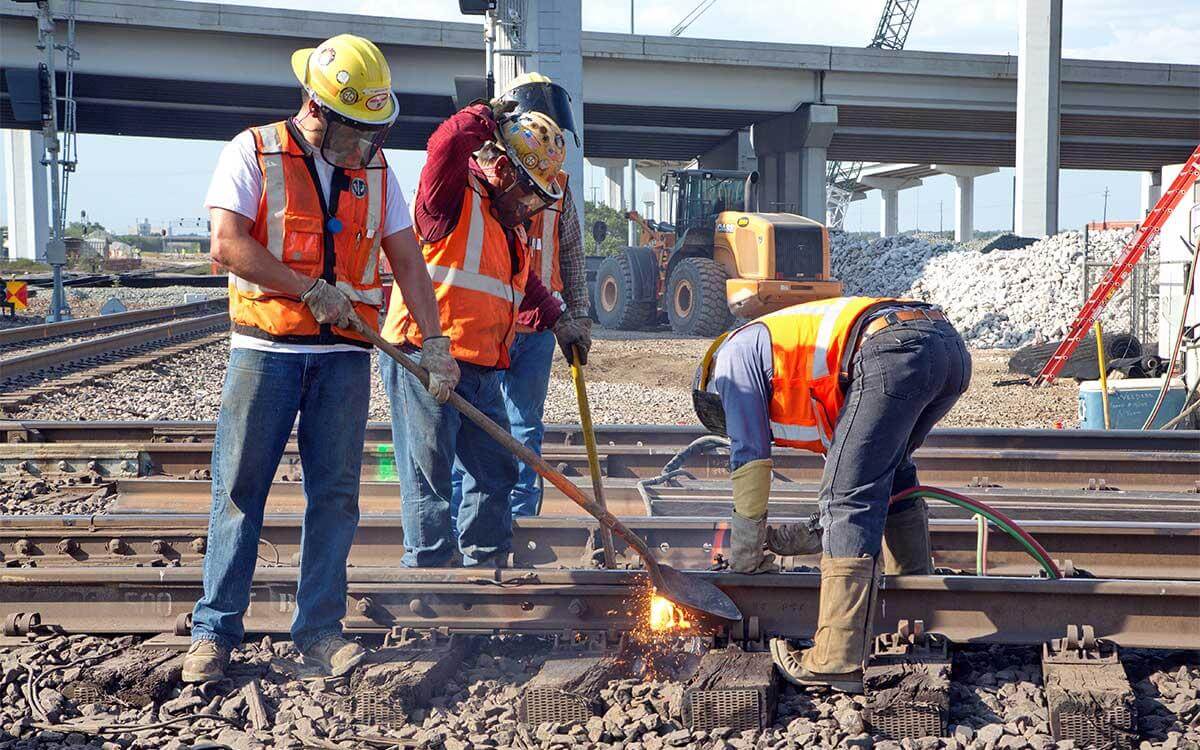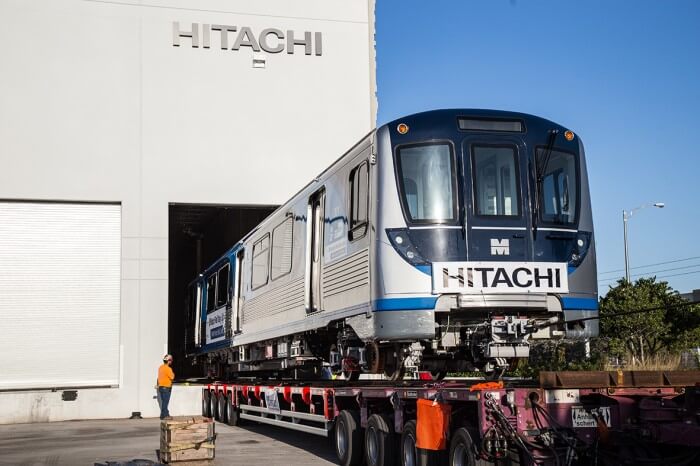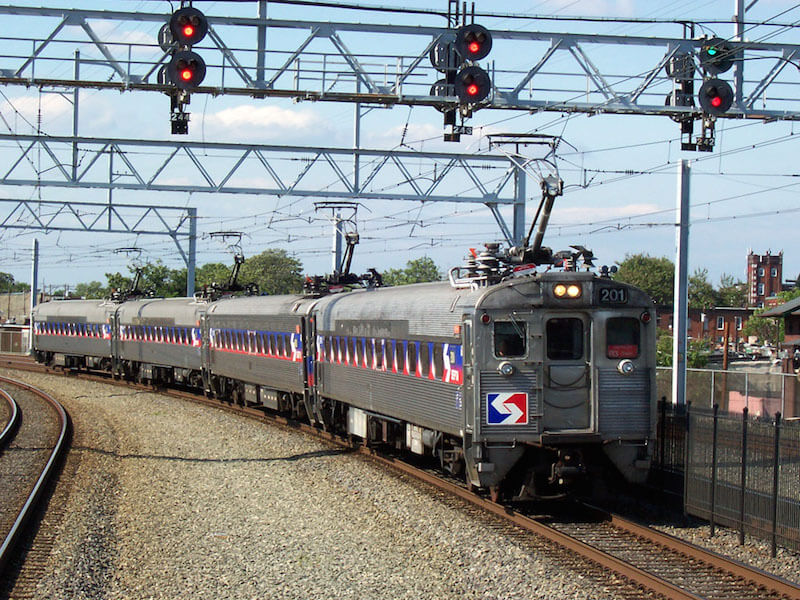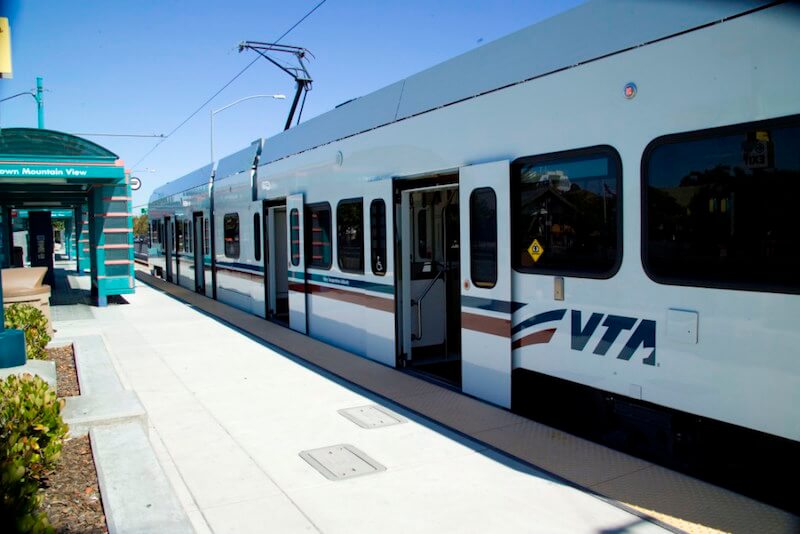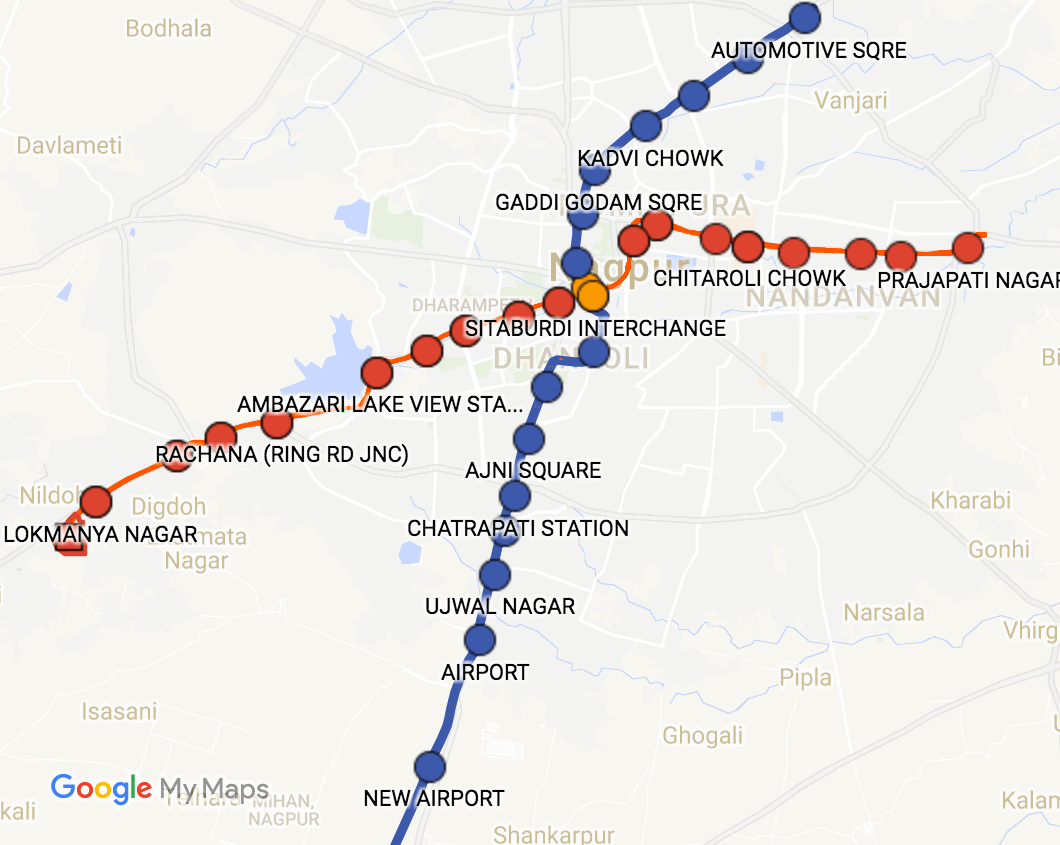Amidst vintage rail cars at the California State Railroad Museum, the public got its first official look at one of the newest locomotives soon to be on the rails: the Siemens Charger Clean Diesel-Electric Locomotives.
The California-built, environmentally-friendly Charger locomotives will begin operation of revenue testing on the Capitol Corridor service before the end of this month. Officials on hand for the 2017 California Passenger Rail Summit, taking place in Sacramento April 18-19, celebrated the arrival of the clean locomotives.
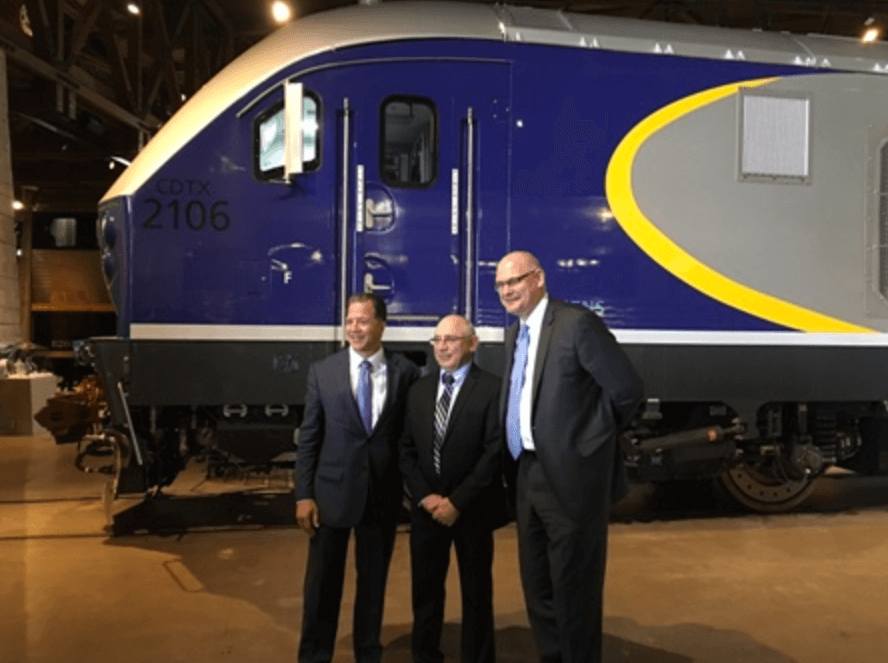
Caltrans Director, Malcolm Dougherty, said:
“These Chargers will help provide California’s passenger rail services with a fleet of locomotives that meet very stringent emission standards”
“Not only will they make for a more sustainable transportation system, but are also expected to improve reliability and help efforts to double current statewide ridership of 5.4 million passengers by 2040.”
Charger Clean Diesel-Electric Locomotives
The locomotives are the first high-speed passenger locomotives to receive Tier IV emissions certification from the Federal Railroad Administration (FRA). The new locomotives, six in all for Northern California, are part of a larger, multi-state procurement. Siemens is building the Charger locomotives out of its nearly 1,000-person rail manufacturing hub in Sacramento, California for transportation agencies in California (Caltrans), Illinois (IDOT), Washington (WSDOT) and Maryland (MTA). Additional states served by the procurement are Oregon, Wisconsin, Missouri, Michigan and Iowa. Each Buy-American compliant locomotive costs approximately $6 million—funding for the California locomotives came from Federal Recovery Act Funds and California Proposition 1B Infrastructure Bonds.
Siemens Rolling Stock President Michael Cahill stated:
“Unveiling the first of these locomotives built in California, for California, is a testament to the hard working employees in Sacramento who designed, engineered and manufactured these state-of-the-art rail vehicles. We’re proud to bring the latest technologies to life for Capitol Corridor riders and help usher in the next generation of clean, smart and efficient rail travel in California.”
Power
The Charger locomotive is powered by a high-performance, environmentally friendly, 4,400 horsepower-rated Cummins QSK95 diesel engine, and are designed to operate at speeds up to 125 miles per hour.
Rider Experience
The powerful diesel-electric operation allows for better acceleration, cleaner emissions, and low noise levels for passengers on-board and waiting at the platform. The Chargers also feature an attractive streamlined design and smoother traction control which results in better ride quality for passengers.
Cleaner Rail Travel
The Charger locomotives are equipped with electronically-controlled regenerative braking systems that use energy from the traction motors during braking to feed the auxiliary and head-end power systems to minimize fuel consumption. Also, the new Charger locomotives, using the QSK95 Cummins engine, provide a 16% improvement in fuel efficiency over the non-Tier 4 certified locomotives that the Charger will replace in Washington and California.
The Charger locomotives are expected to begin a 30-day period of revenue testing on the Capitol Corridor before the end of April. Once testing is complete, they will begin service on the Capitol Corridor and San Joaquin routes.
Original article © Siemens USA.
FOR ALL THE LATEST INFORMATION, NEWS, IMAGES, VIDEOS AND ARTICLES ON ALL ASPECTS OF ROLLING STOCK, PLEASE CLICK HERE.

















